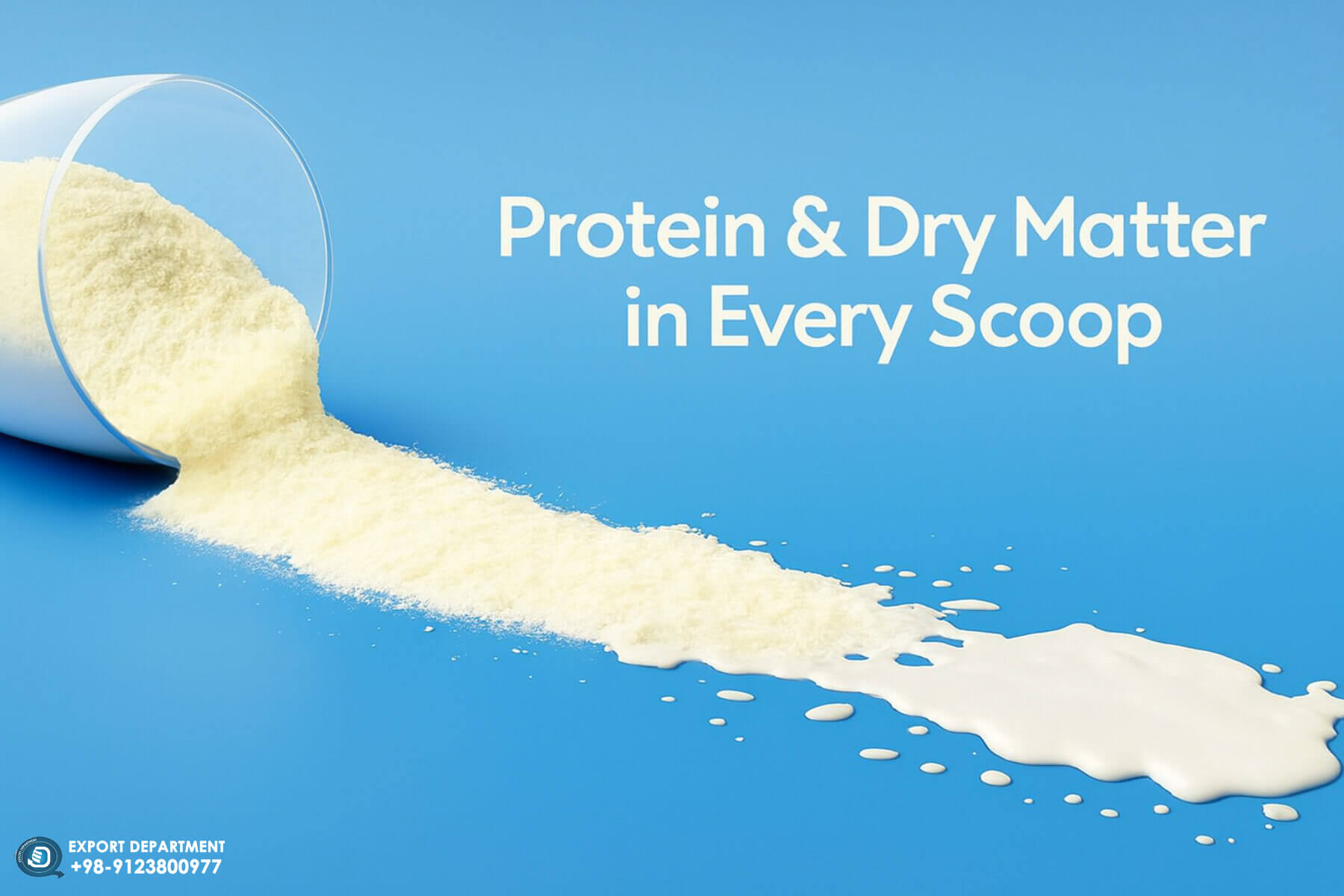The Effect of Fat and Protein on the Dispersion of Milk Powder
The higher the level of fat and protein, the more difficult it can be to dissolve the powder in a liquid.
What is the ‘instant’ criterion (IC) for milk powder?
The rehydratability of a powder in water is an essential property of food powders for the consumer. Three main stages are usually distinguished in the rehydration process: wetting, dispersion, and solubilization. These stages are characterized by three indices: the wettability index (WI), the dispersibility index (DI), and the solubility index (SI), respectively. The WI measures the ability of the powder to adsorb water on its surface, to be wetted, and to penetrate the free surface of still water. The DI represents the ability of a powder to separate into individual particles when dispersed in water with gentle mixing, and the SI provides an overall measurement of the ability of a powder to dissolve in water. In order to realistically consider the rehydratability of a powder, Schuck et al. (2012) proposed considering the ‘instant’ criterion (IC), which applies to powders that are wettable (WI < 20 s), dispersible (DI > 95%) and soluble (SI > 99%) at the same time. Also, for more information, check out the rehydration of dry powdered milk.
.png)
Effect of fat on dispersion:
Rehydratability depends on the composition and structure of a powder, especially an affinity between its components and water and the accessibility of the water to its components, and on the rehydration conditions. Whole milk powder cannot be wetted within a reasonable time and the dispersibility is not satisfactory compared to fat-free powdered milk due to the hydrophobic nature of the surface of the particle incorporating free fat. To improve these rehydration properties, manufacturers are required to add natural surfactants such as oil lecithin or a hygroscopic ingredient such as an amorphous carbohydrate.
Effect of protein on dispersion:
Whey Protein Concentrate (WPC) and Whey Protein Isolate (WPI) are the most common sources of proteins in sports nutrition and dietary supplements, with protein contents typically in the range of 60% to 90%. The higher the protein level, the more difficult it can be to dissolve the powder in a liquid. High-protein powder tends to be hydrophilic, rewetting too quickly on the surface and forming a gelatinous layer at the interface of the powder and water which prevents the water from penetrating the particles of the protein powder. Instead of dispersing quickly and evenly, the powder tends to form lumps as it is stirred into the liquid.
Read More: 2024 Insights on Dairy and Milk Powder Prices, Exports, and Trade Flows
|
Physical characterization of whole and skim dried milk powders, Alessandro Pugliese, Alessandro Pugliese, Alessandro Pugliese, Alessandro Pugliese,2017 |
|
Functionality of Milk Powders and Milk-Based Powders for End Use Applications, Anup Sharma, Atanu H. Jana, and Rupesh Shrikant Chavan,2012 |
|
#milkfat #milkprotein #milkrehydration #instantcriterion #chaltafarmdairy |


.jpg)
.jpg)


.jpg)